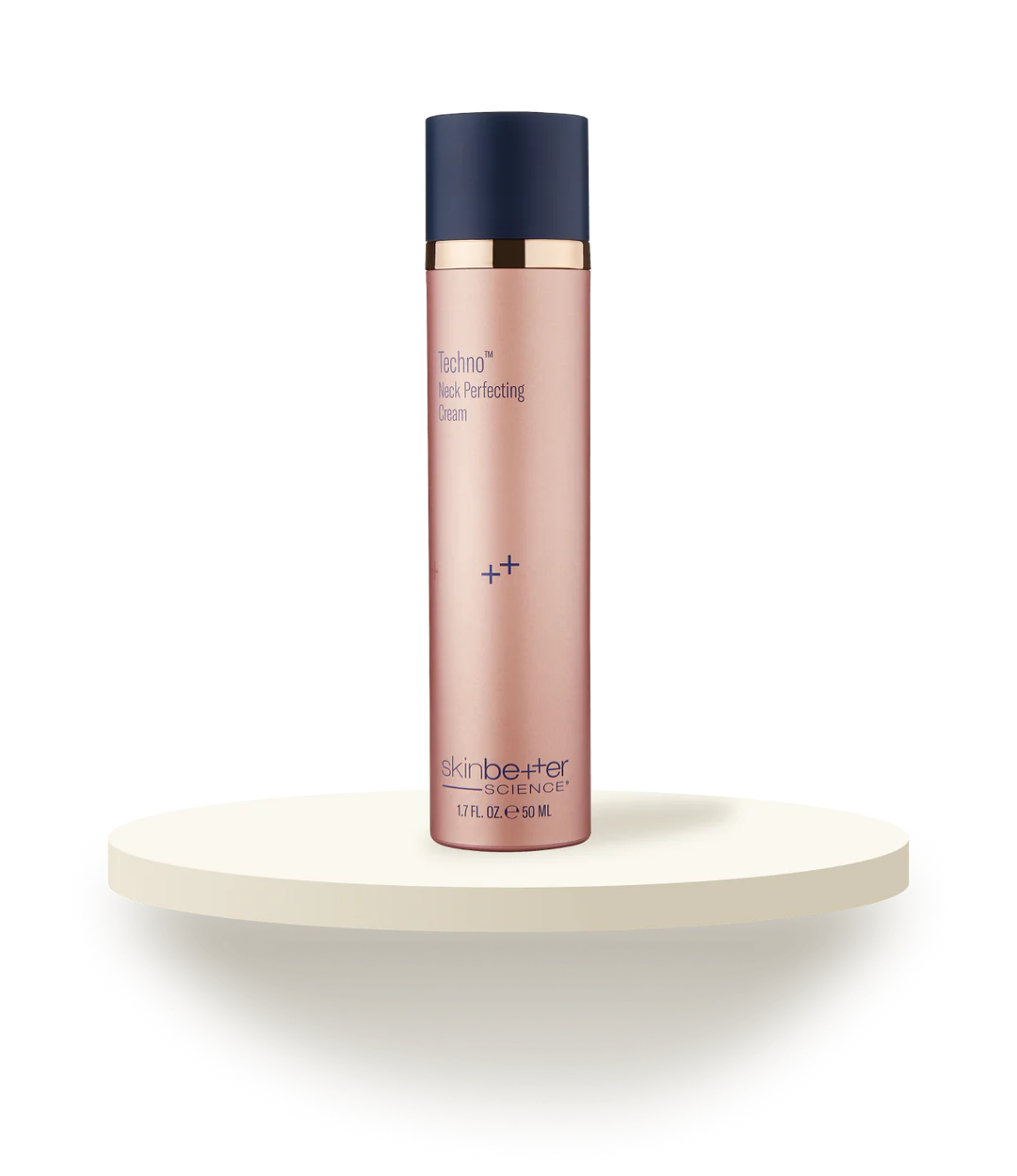How to Treat Smile and Laugh Lines: Fillers, Surgery, and At Home Treatment
Nasolabial folds are not medical issues. However, they contribute to cosmetic issues in some people when they are very deep or otherwise overly pronounced. Because of that, various treatment procedures and techniques have been developed to reduce their appearance or eliminate them.
Safe and effective nasolabial fold treatments include:
Nasolabial Fold Surgery
Plastic surgeons typically use a surgical procedure called subcision to lessen the appearance of deep nasolabial folds. A needle is used to break apart dense tissue pockets, and then, they are positioned to reduce the depth of the folds. This leaves the smile lines and surrounding area with a more youthful appearance.
A more aggressive surgical approach called excision can be used in more extreme cases. Direct excision involves the surgical removal of tissue and skin to reshape the area of concern. The technique is more intense but can also yield more dramatic results than the subcision.
Chemical Peels
This is a skin resurfacing procedure that involves using a chemical solution to exfoliate the skin’s outer layers to enhance its appearance. This treatment encourages skin tightening by stimulating collagen production and cell turnover, resulting in a smoother and brighter skin appearance.
Light, medium, and deep chemical peels are available. However, even deep chemical peels may not be enough to improve the appearance of deep laugh lines. Discuss the possibilities with a dermatologist or plastic surgeon to learn what’s best for you.
Dermal Fillers & Injectables
Various dermal fillers can be used to enhance the aesthetics of deep smile lines. Some of the hyaluronic acid filler treatments that are approved by the FDA are Juvederm®, Perlane®, Radiesse®, Restylane®, Sculptra®, and Voluma®.
These dermal fillers are placed just beneath the surface of the skin to add volume in areas where a fat pad has degraded with age, or where deep wrinkles and skin folds have become concerning. They plump up the skin and thereby enhance aesthetics.
Dermal filler placement is a quick, comfortable outpatient procedure. For treating nasolabial fold concerns, the filler is placed either directly into the fold to add volume, or into the upper cheek to detract from the fold’s noticeability. Neuromodulators, like Botox®, can also be used to reduce the appearance of nasolabial folds when expertly placed within the midface while not affect the movement of the upper lip.
Dermal fillers will not make unsightly nasolabial folds disappear completely. However, they can significantly enhance their appearance. Note that dermal fillers are temporary solutions. How long they last in any one patient depends on various patient-specific factors. A dermatologist or plastic surgeon can determine the best treatment for you.
Thread Lifts
A thread lift is a procedure that suspends some of the facial skin with temporary sutures instead of excising the extra tissue. It can produce skin tightening effects and significantly improve the appearance of the nasolabial folds. The procedure also stimulates collagen production which is integral to maintaining skin elasticity with aging.
Laser Resurfacing
Laser skin resurfacing helps to reduce the appearance of smile lines, deep wrinkles, and other facial concerns. It removes superficial layers of the skin to help correct minor blemishes and flaws. This precise and safe technique also stimulates collagen and new skin cell production.
How to Prevent Nasolabial Folds
Nasolabial folds are natural parts of the facial anatomy. They are harmless and do not require medical treatment. Even small children have them when smiling.
There is no known way to prevent nasolabial folds from developing. Some preliminary research suggests that those who are concerned about developing deeper nasolabial folds as they age should be sure to wear sunscreen when they plan on being outside. Slowing down the damage to skin cells from sun exposure might help to reduce the progression of laugh lines with age.
Rapid weight loss can also cause a thinning of facial fat tissue and make the nasolabial folds more noticeable. Smoking also contributes to facial wrinkles in general; another reason to avoid it.
Taking a collagen or gelatin supplement might help to prevent the deepening of laugh lines with age by maintaining the integrity of the connective tissues that keep the skin tight. Eating a healthy diet is also important for ensuring an adequate intake of other important nutrients. Adequate water intake is also crucial for healthy skin.
Facial Exercises
Doctors are working on developing new nonsurgical methods for treating deep nasolabial folds. Some believe that routinely performing exercises for the facial muscles might help to reduce their appearance.
The idea is that the facial muscles are like other muscles and respond to physical exertion. Just as a toned stomach is less likely to sag, facial muscles that are worked will also maintain more structural integrity.
While frequent and intense smiling is linked to causing nasolabial folds, nobody would recommend trying not to smile to avoid them. Smiling and laughing are very important for all people, helping to balance emotions and maintain long-term mental health.
In theory, exercising the face to make muscle movements in the opposite direction they do when smiling can be beneficial. Some of the movements recommended are:
Intensely pout the lips for 20 seconds and repeat 4 times
Pucker the lips toward the ceiling, hold for 20 seconds, and repeat 4 times
Stretch the corners of the mouth outward, hold for 20 seconds, and repeat 4 times
There has not been any reliable research that supports using these exercises to improve the appearance of nasolabial folds. However, in theory, they may help to keep the facial muscles toned and the skin tight with age.

